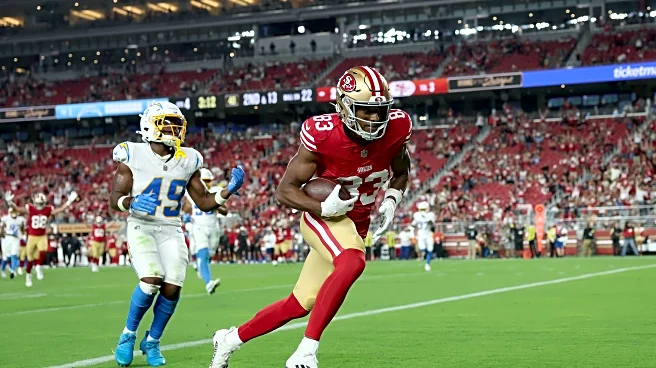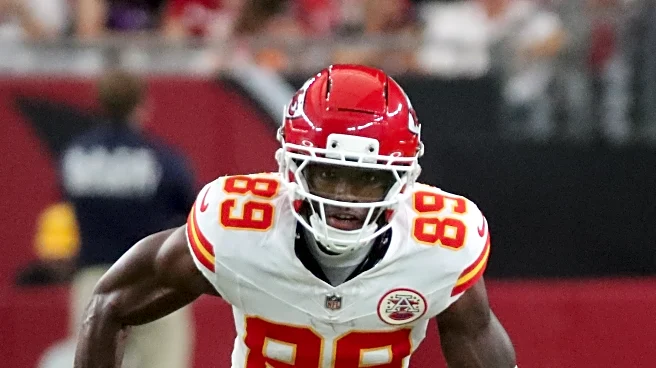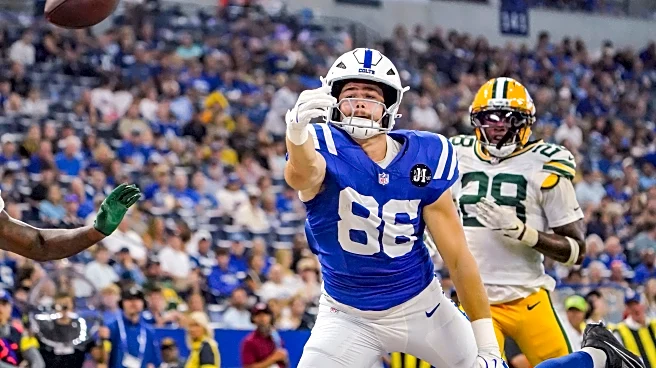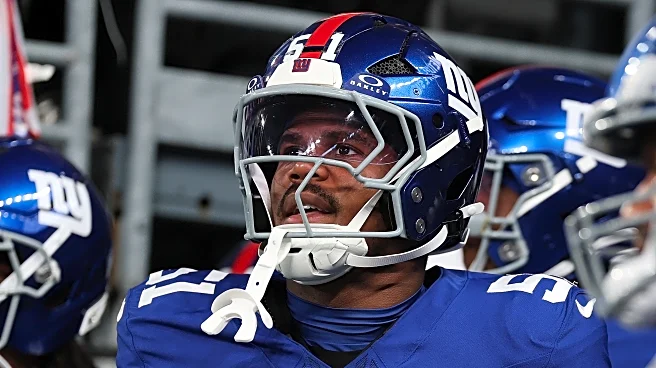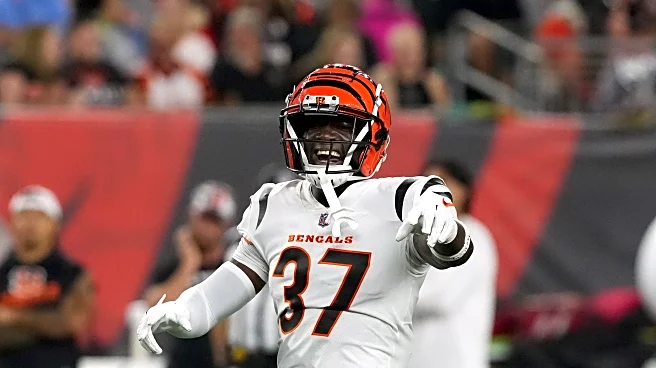What's Happening?
Ja'Marr Chase, the star wide receiver for the Cincinnati Bengals, has signed a groundbreaking four-year contract worth $161 million, making him the highest-paid non-quarterback player in NFL history. This deal places Chase at the top of the list of highest-paid wide receivers, surpassing other notable players such as Justin Jefferson of the Minnesota Vikings and CeeDee Lamb of the Dallas Cowboys. The NFL offseason has seen significant contract extensions for wide receivers, with DK Metcalf of the Pittsburgh Steelers and Garrett Wilson of the New York Jets also securing lucrative deals. Terry McLaurin of the Washington Commanders recently agreed to a three-year, $96 million extension, further highlighting the upward trend in receiver salaries.
Why It's Important?
The substantial contract awarded to Ja'Marr Chase reflects the increasing value placed on wide receivers in the NFL. As teams continue to prioritize offensive capabilities, the market for top-tier receivers is experiencing rapid growth. This trend could lead to further salary inflation for skilled players in this position, impacting team salary caps and strategic decisions. The Bengals' investment in Chase underscores their commitment to building a competitive team around their star players, potentially influencing other franchises to follow suit. The financial implications extend beyond individual players, affecting team dynamics and the broader economic landscape of the league.
What's Next?
With Ja'Marr Chase's record-setting contract, other teams may feel pressure to renegotiate deals with their star receivers to remain competitive. This could lead to a ripple effect across the league, with more players seeking higher compensation. Additionally, the Bengals will need to manage their salary cap effectively to maintain a balanced roster. As the regular season approaches, the performance of these highly-paid receivers will be closely watched, potentially influencing future contract negotiations and team strategies.



